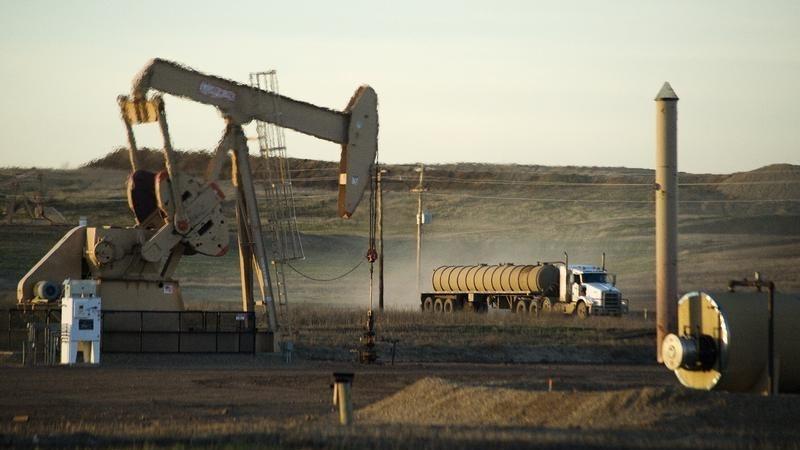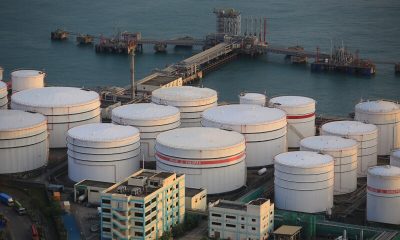Commodities
Oil slips as weak Chinese data fuels demand concerns

Oil prices extended losses into Asian trade on Friday amid persistent fears that slowing economic growth will erode demand this year, with dismal readings from China further denting sentiment.
Chinese inflation data disappoints
Chinese consumer inflation shrank in May from the prior month, while factory gate inflation hit a seven-year low as an economic recovery in the country sputtered through the second quarter.
The readings, coupled with a string of weak economic prints from the country over the past two weeks, further undermined bets that a recovery in China will push oil demand to record highs this year.
Fears of slowing demand also largely offset signs of tighter supply following a fresh production cut by Saudi Arabia, and put crude prices on course for a second straight week of losses.
Brent oil futures fell 0.7% to $75.44 a barrel, while West Texas Intermediate crude futures fell 0.7% to $70.81 a barrel by 22:18 ET (02:18 GMT). Both contracts were set to lose between 0.6% and 1.2% this week.
While Chinese oil imports still rose through May, analysts attributed the rise largely to local refiners building inventory, and that fuel demand in the world’s largest oil importer still remained weak.
U.S. data also provides headwinds to crude
Soft economic indicators from the world’s largest oil consumer also stymied crude markets this week.
U.S. inventory data showed that gasoline stockpiles unexpectedly rose in the past week, ducking expectations that fuel demand will increase as the travel-heavy summer season approaches.
Signs of a U.S. economic slowdown continued to trickle in, with recent indicators showing that business activity slowed through May, while the jobs market showed some signs of cooling. The weak readings pulled down the dollar, but offered little support to crude as traders fretted over worsening U.S. growth.
Reports of a U.S.-Iran nuclear deal, which could flood the market with more crude, also dented oil prices this week, although White House officials denied any such agreement.
Focus is now squarely on an upcoming Federal Reserve meeting next week, for more cues on how the central bank plans to approach policy amid worsening economic conditions.
Market expectations are largely skewed towards a pause in the Fed’s rate hike cycle, which could provide some near-term support to oil by weighing on the dollar.
But given that recent personal consumption and labor market indicators still beat expectations, traders remained uncertain over just what the Fed will signal.
This uncertainty also weighed on oil markets through the week.
Commodities
Oil prices rise; U.S. crude inventories plunge, Russia-Ukraine truce eyed
Commodities
India’s Reliance to stop buying Venezuelan oil over US tariffs, sources say
Commodities
Oil prices climb on Venezuela supply worries

 Forex3 years ago
Forex3 years agoForex Today: the dollar is gaining strength amid gloomy sentiment at the start of the Fed’s week

 Forex3 years ago
Forex3 years agoUnbiased review of Pocket Option broker

 Forex3 years ago
Forex3 years agoDollar to pound sterling exchange rate today: Pound plummeted to its lowest since 1985

 Forex3 years ago
Forex3 years agoHow is the Australian dollar doing today?

 Cryptocurrency3 years ago
Cryptocurrency3 years agoWhat happened in the crypto market – current events today

 World3 years ago
World3 years agoWhy are modern video games an art form?

 Commodities3 years ago
Commodities3 years agoCopper continues to fall in price on expectations of lower demand in China

 Economy3 years ago
Economy3 years agoCrude oil tankers double in price due to EU anti-Russian sanctions



































